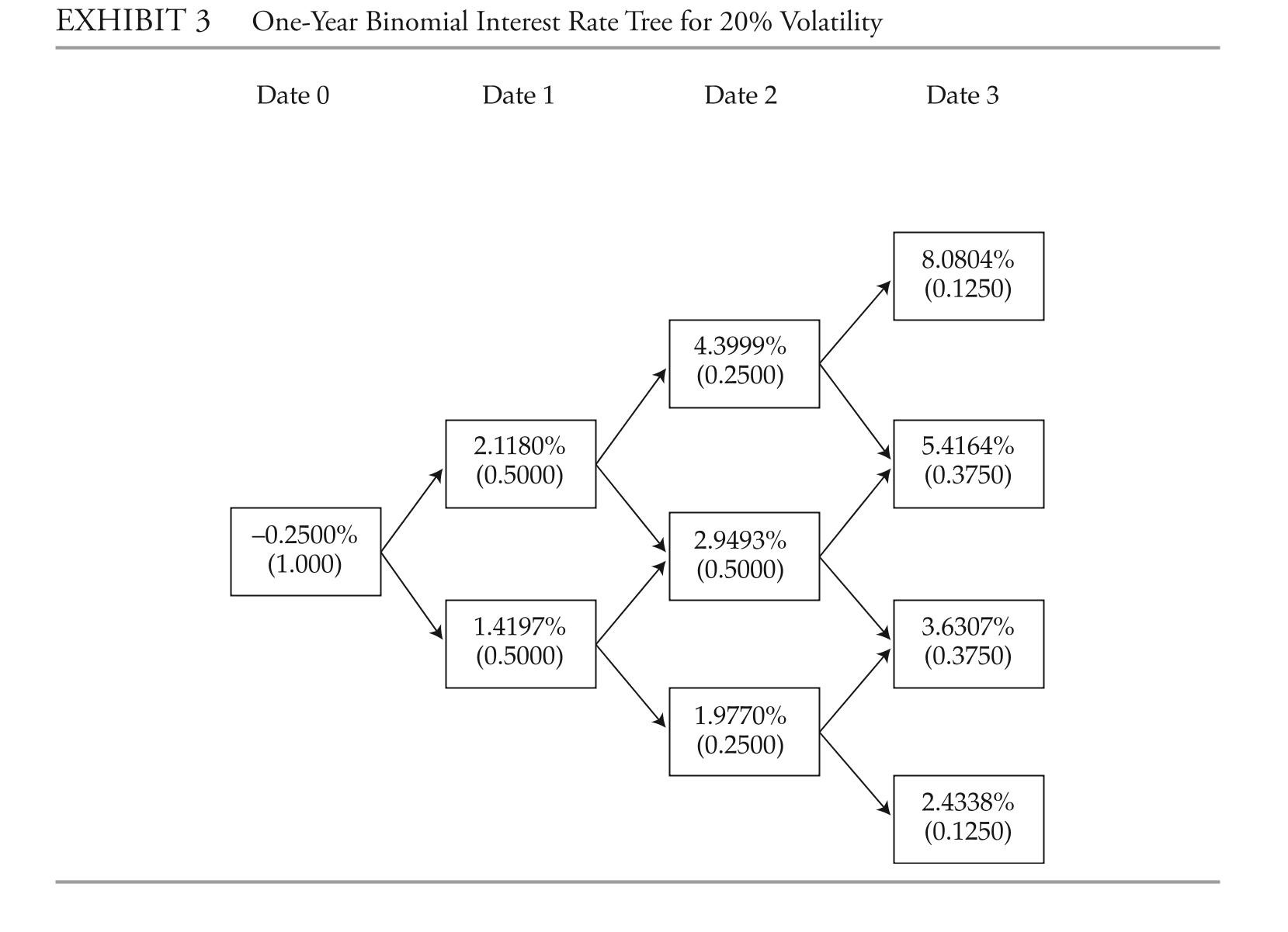The following information relates to Questions
daniela ibarra is a senior analyst in the fixed-income department of a large wealth manage-ment firm. Marten Koning is a junior analyst in the same department, and david lok is a member of the credit research team.
The firm invests in a variety of bonds. ibarra is presently analyzing a set of bonds with some similar characteristics, such as four years until maturity and a par value of €1,000. exhibit 1 includes details of these bonds.
exhibit 1 a brief description of the bonds being analyzed bond descriptionb1 a zero-coupon, four-year corporate bond with a par value of €1,000. The wealth management firm's research team has estimated that the risk-neutral probability of default (the hazard rate) for each date for the bond is 1.50%, and the recovery rate is 30%.b2 a bond similar to b1, except that it has a fixed annual coupon rate of 6% paid annually.
b3 a bond similar to b2 but rated aa.
b4 a bond similar to b2 but the coupon rate is the one-year benchmark rate plus 4%.ibarra asks Koning to assist her with analyzing the bonds. She wants him to perform the analysis with the assumptions that there is no interest rate volatility and that the government bond yield curve is flat at 3%.ibarra performs the analysis assuming an upward-sloping yield curve and volatile interest rates. exhibit 2 provides the data on annual payment benchmark government bonds.1 She uses these data to construct a binomial interest rate tree (shown in exhibit 3) based on an assump-tion of future interest rate volatility of 20%.
1 For simplicity, this exhibit uses
 answer the first five questions (1-4) based on the assumptions made by Marten Koning,the junior analyst. answer questions (8-12) based on the assumptions made by daniela ibarra, the senior analyst.
answer the first five questions (1-4) based on the assumptions made by Marten Koning,the junior analyst. answer questions (8-12) based on the assumptions made by daniela ibarra, the senior analyst.
Note: all calculations in this problem set are carried out on spreadsheets to preserve reci-sion. The rounded results are reported in the solutions.
-The final question to lok is about covered bonds. The person asking says, "i've heard about them but don't know what they are." Which statement is lok most likely to make
To describe a covered bond?
Definitions:
Taxable Income
The amount of income used to calculate how much tax an individual or a company owes to the government in a specific period.
Inventory Cost Flow Assumptions
Assumptions made about how inventory costs move through a company's financial statements, including FIFO (First-In, First-Out), LIFO (Last-In, First-Out), and weighted average cost methods.
Descriptive Statements
Statements that provide detailed information or explanation about a specific topic, often used in documentation or reporting.
LIFO
Last In, First Out, an inventory valuation method that assumes goods purchased last are the first ones sold, affecting the cost of goods sold and inventory valuation.
Q3: Convert the rectangular equation to polar
Q5: The simply supported beam ABC shown
Q7: Find the standard form of the
Q7: simply supported beam with proportional loading
Q19: The one-year spot rate r(1) = 5%
Q21: The interest rate risk of a fixed-rate
Q33: Find the area of the sector
Q37: Solve the logarithmic equation algebraically. Approximate
Q42: based on Exhibit 1 and assuming Tyo's
Q67: Simplify the expression algebraically. <br> <span